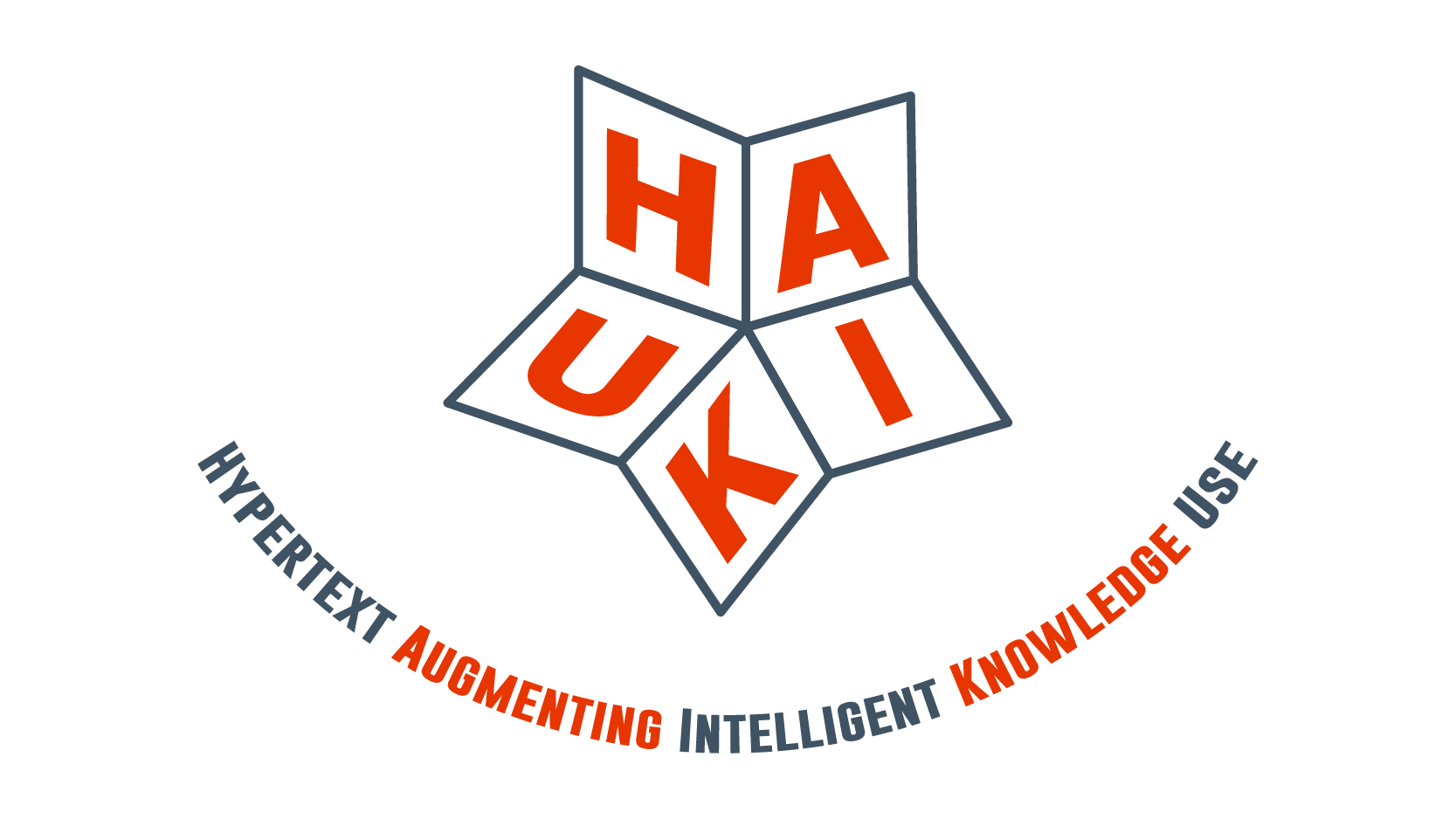Overview
The H.A.I.K.U. research group is all about harnessing the potential of hypertext to help individuals find and use information.
 Some of the projects are about fundamental issues but others are about doing something soon since technology and people co-develop so rapidly if you don't do something early you cannot have any influence, and there are many bad influences already.
Some of the projects are about fundamental issues but others are about doing something soon since technology and people co-develop so rapidly if you don't do something early you cannot have any influence, and there are many bad influences already.
Inspired by Engelbart's vision of augmenting human intellect, the long-term objective of H.A.I.K.U. group is to create WWW-based smart systems for intelligent knowledge use that are designed to maximize synthesis and creation of new knowledge and understanding from text, objects, etc.
We seek to develop better techniques, tools and interfaces for information workers to use documents, corpora, and data from multiple sources effectively. With a concern for accessibility, we harness the WWW's flexibility to make text and nontextual objects more available and adaptable than earlier paper-based technologies.
Projects
H.A.I.K.U. is rooted in sensemaking: developing computing solutions that optimize tertiary learners' uptake of knowledge by creating an integrated suite of tools for students to build knowledge to become expert. Our research brings tangible application to the WWW, as a prolific tool to make information — text, image, sound, etc. — discoverable, accessible and comprehensible to users. This research ensures that the WWW is a tool of innovation, ingenuity and advancement.
Technology-supported education
A major project within H.A.I.K.U. is the development of tools for scholars (including students) to use electronic texts. Work continues on note-taking (including glossaries for structured learning), sense-making and annotation.
In the context of technology-supported education, we seek the best aspects of traditional (paper-based) methods with the advantages (not drawbacks) of digital media. Our research has both fundamental and applied outputs.
Between 2019 and 2024 we plan to build on open electronic resources (OER) to enable users to make more, and more persistent, knowledge, from existing texts. OER will be a testbed for tools that are instrumental for knowledge acquisition: to design and build — as an architect would — textbooks that students will update over the course of their studies.
Curation of digital objects
With respect to curation of digital objects, we are working to build a touch archive, a curated collection of nontextual objects. An object is more than the sum of its discrete attributes. To appreciate an object in its full complexity, it must be understood in various contexts—integrating multiple human viewpoints and related resources. The authentic representation of digital and nontextual objects is increasingly an area of concern for galleries, libraries, archives, and museums.
From our initial project design with Indigenous history scholars at the University of Toronto and NSCAD, the touch archive is evolving as an international partnership (with Canadian, German, and Italian researchers already committed) for the development of a multifaceted interactive curated collection of tangible and archival resources. This work has important implications for oral-historical reconciliation of various communities, such as the transmission of Indigenous ways of knowing, and the digital preservation of cultural heritage.
Ontologies for Cultural Heritage
In the GLAM sector there is a pressing need for new ontologies. The research questions are: What ontologies are necessary to support complex contexts, viz. temporal and cultural constraints? In Canada, Parliament’s Standing Committee on Canadian Heritage and the Canadian Federation of Library Association’s (CFLA-FCAB) both call for urgent action to address issues arising from the Truth and Reconciliation Commission (TRC) through digitization of cultural heritage and use of ontologies that reflect Indigenous ways of knowing.
Opportunities for student research
Please see the list of current opportunities.
Previous Projects
- New Browser technology to give WWW surfers more power over the content on webpage and websites
- NUscholar: Computer-based teaching in the humanities, especially English literature
- Automated Advice about Colours on the WWW
- Interaction of Spatial Ability and Use of Hypertext
- What Matters For Hypertext Usability?
- Web Usability Measures
- Network Intrusion Detection & Response
- Evaluation of Electronic Health Records
- Breadcrumbs on the WWW